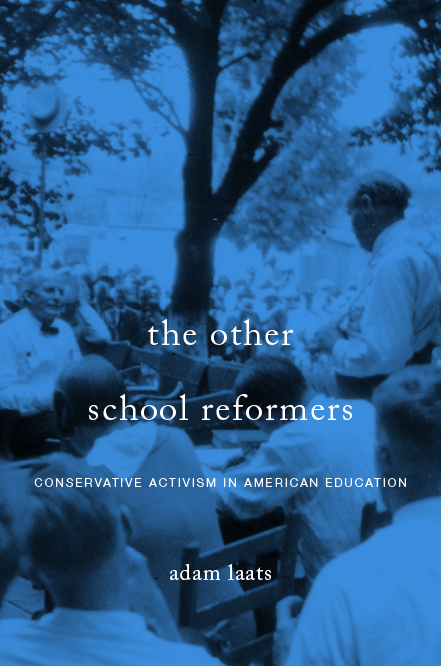You can’t say the guy doesn’t have a sense of irony. Apparently cursive is back on the table for Wisconsin schools, and the legislator who introduced the bill–wait for it–wrote it out in a cursive font on his computer.
Cursive-loving educational conservatism is nothing new. SAGLRROILYBYGTH will remember similar mandatory-cursive efforts in Indiana in 2016. They might recall a similar move in Maine from earlier this year.
The drive to keep cursive alive has a longer tradition as well. As I found in the research for my book about twentieth-century educational conservatism, I kept coming across conservative complaints that schools were abandoning the traditional subject of handwriting, often called “penmanship.”
In the pages of the Pasadena Independent, for example, editor T.G. Wood complained in 1950 that “progressive” education fads had led to less learning of traditional subjects. Parents were increasingly starting to wonder, Wood wrote acerbically,
why little Johnny puts two and three together and comes up with nine, why his penmanship shows little or no improvement, and why his reading is poor or backward.
An angry Pasadena reader agreed. Back in the old days, one letter-writer explained, Pasadena’s schools had benefited from the work of teacher Albert P. Meub, “a penman of national note.” Meub had tried to keep the subject of penmanship in the schools, the letter-writer complained, but to no avail. The rush for progressivism in schools had led to the willy-nilly abandonment of traditional subjects such as penmanship.
Maybe it’s understandable that parents would want to take advantage of a nationally noted penman. Is that what’s going on in Wisconsin? The bill’s sponsor, Jeremy Thiesfeldt of Fond du Lac, was a little coy about his intentions. As he told his colleagues, he wasn’t pushing the bill for conservative reasons. According to the Wisconsin State Journal, Thiesfeldt
said studies have shown writing in cursive fosters neurological connections in students’ brains, improves retention and can help dyslexic children read because cursive letters are more distinctive than printed letters.
“This bill isn’t just about nostalgia or being able to read grandmas’ letters and primary source historical documents,” Thiesfeldt said.
I wonder if there’s more going on in Madison, or if there really are reformers who want cursive back in school for its own sake.
If it were up to you, would you mandate cursive for public schools? I don’t think it’s worth it. But then again, my grandma never wrote me any letters.
–Thanks to AP for the tip!





Will Hauck
/ November 8, 2019As someone who reads primary sources, I have to point out that styles change enough over time that learning modern cursive is no guarantee of being able to read old letters. As far as fostering neurological connections, I believe all sorts of hands-on learning builds connections. There’s probably no more reason to teach cursive that there is to writing with a quill.